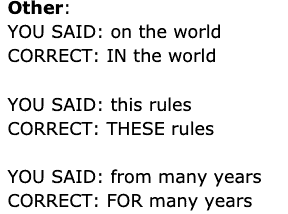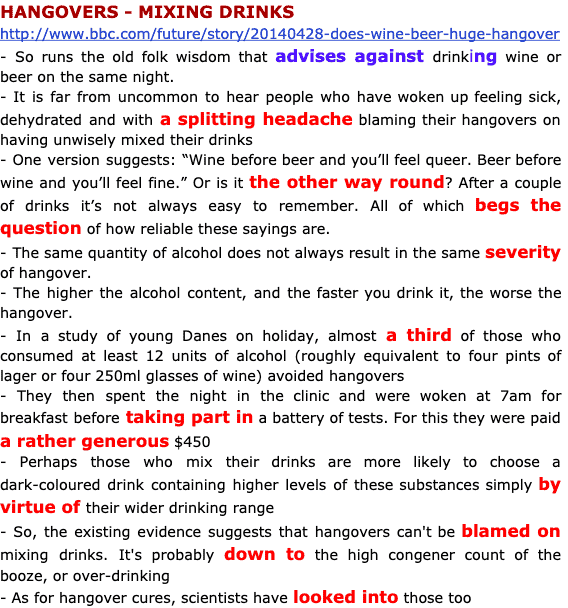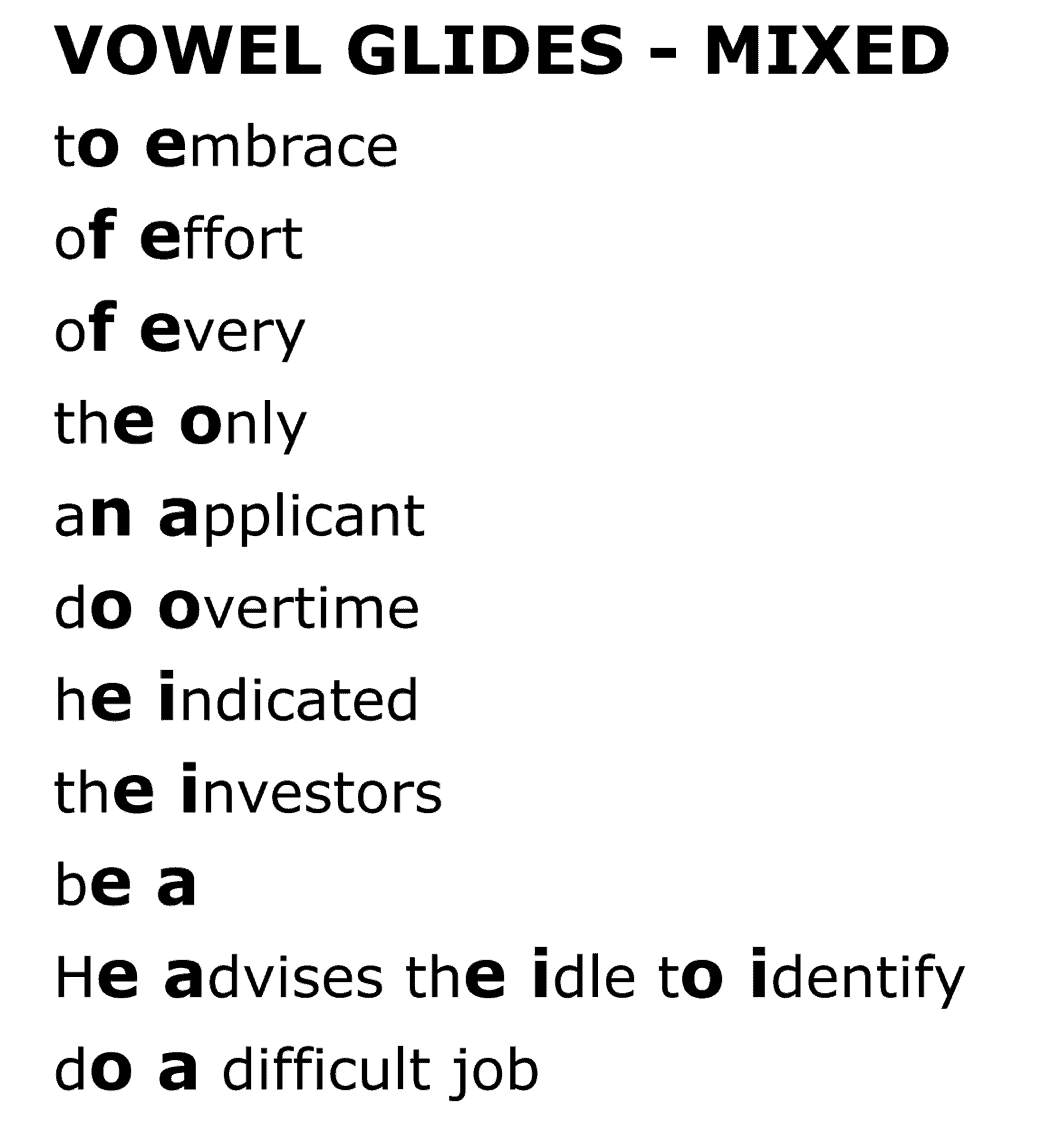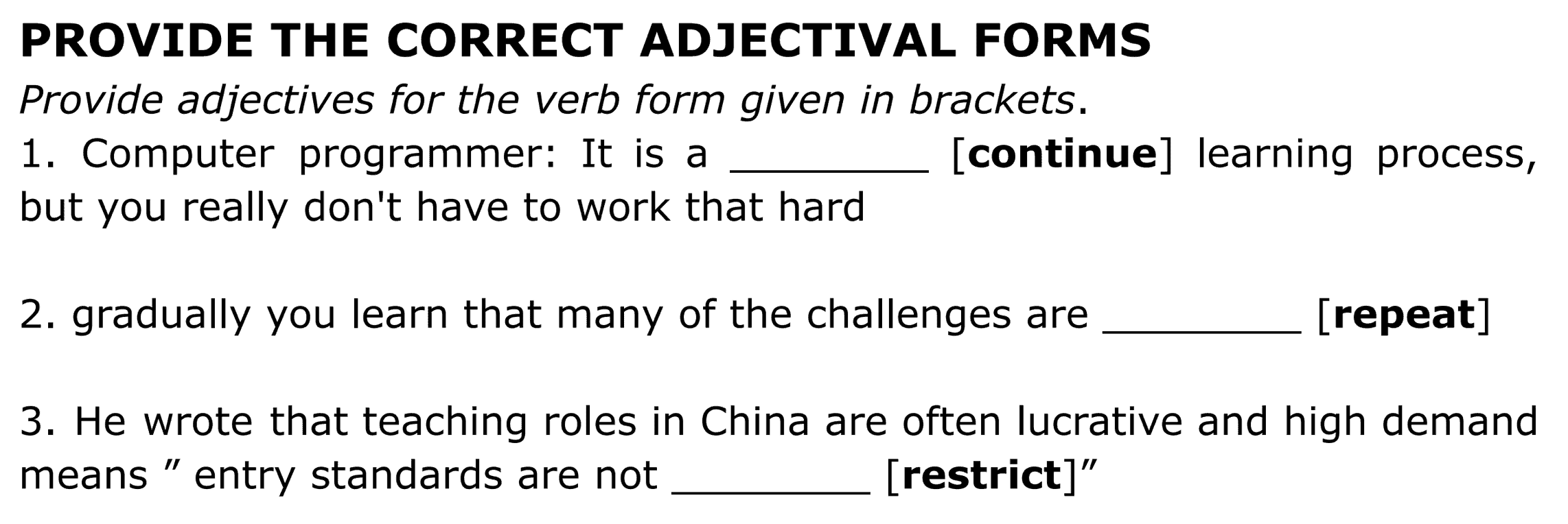How to structure an online language learning class
I'm back to share my insight regarding how to structure an online language learning class.
Since I started teaching online in 2013, my teaching style has remained broadly the same.
Firstly, I’ve always emphasised the repetition of previously learned words and phrases.
Then, I highlight key structures, words and collocations in each new article or TED talk.
Following on - the discussion phase. I’m very selective when it comes to distributing articles and TED talks. I have to feel sure that my students will have something to say during the discussion phase.
The final piece of the puzzle is the revision stage based on the lesson just completed. This includes a recap of new words and phrases as well as some error correction.
Hence, each class with me tends to consist of five stages:
- the revision stage (previous material and a student's notes)
- the language consideration stage (considering key structures and lexis in new material)
- the discussion stage
- the consolidation stage (exercises based on the material)
- the revision stage (based on the present day’s lesson)
Let’s dive into how to structure an online language learning class:
STAGE 1 - THE REVISION STAGE (PREVIOUS MATERIAL)
Revision of Lesson notes - Words, phrases and sentences
I absolutely believe that each class should consist of some concrete repetition and revision.
As you can see below, I record lesson notes for students on a Google Doc throughout each lesson:

Revision shouldn’t mean eliciting synonyms, or testing students on the definitions of new words and phrases. For me, revision should have a communicative aim.
The set of notes above are from the first session I recently had with a Polish student called Agata. In the following session, I asked Agata questions which demanded the use of certain target words and phrases in each answer.
Agata is a new student who’s quite shy. Hence, I don’t want to overburden her right away with open-ended questions. Agata's also had a long break from learning English. Therefore, it wouldn't be right to start overloading her with grammar exercises and explanations.
To practise the phrase on the outskirts, I asked Agata “Do you live in the centre of Warsaw?” She fathomed that I wanted her to say something along the lines of “No, I live on the outskirts of Warsaw”. In this way, Agata used the target language (on the outskirts). Crucially, such responses are personalised (actually about Agata's life). Check out my guide to personalising phrases and words in a Word-Phrase Table.
For students whose English is rusty, everything should begin with creating personalised sentences containing newly-learned words and phrases. Ideally, these utterances should be in the present simple. I argued in a previous post that the present simple is the bread and butter of English.
Agata has begun to formulate sentences and ask questions in the present simple without doing silly gap-fill exercises. She’s able to produce language because she pays attention to the model constructions I speak. Hence, being attentive and a good listener means so much when it comes to internalising and producing language. This is especially true for late-acquired grammar points, such as the present simple.
Revision of Lesson notes - Other (structural mistakes)

When it comes to revising grammar mistakes, I enable my students to compare what they said in live speech with the correct version.
These mistakes can be tested and revised in a variety of ways, including:
1. Correcting the teacher’s incorrect utterance - I might ask “what’s wrong with this? … Russia is the biggest country on the world”.
The student would then be expected to say: “Russia is the biggest country IN the world”
2. Exploiting the use of a student’s first language - I have a reasonable knowledge of the Polish language. Therefore, I tend to recognise the typical mistakes Polish students of English make due to negative language transfer. Negative language transfer describes how the language learner’s first language leads to errors in the acquisition and production of a second language. In other words, a learner may directly translate structures from their mother tongue into a second language.
If I recognise that Polish to English language transfer is to blame for an error, I can then produce the guilty Polish words, phrases or clauses in a contextualised sentence. Hence, the students should then translate the Polish part into English.
For example, the majority of Polish learners may translate “na świecie” into “on the world”. In many contexts, the Polish preposition “na” can be translated to “on” in English.
Therefore, I’m able to exploit such mistakes, thus:
Teacher: “Russia is the biggest country na świecie”
Student: “Russia is the biggest country IN the world”
I expect my students to be able to see the notes from the previous class on a shared google doc. Therefore, I don’t just return to the previous lesson’s notes which they may be viewing. I like to keep my students on their toes by returning to mistakes made in previous weeks and months.
Revision of past notes
With students I’ve been teaching for several years, I might return to lesson notes compiled at the start of their learning.
For instance, I teach a Russian student three times a week. In recent months, I’ve been testing him on lesson notes which stretch back to December 2017.
With this particular student, I’ve cut down on teaching him lexis from new materials. After all, I genuinely believe that all of this previously met vocabulary is lodged somewhere in the back of his mind. Hence, revisiting these old notes may bring the language to the tip of his tongue when he’s speaking.
Revision of texts
If I cover one of my own self-written texts with a student, I make sure to return to it at the start of the following class.

The extract above is part of a text I wrote about a man who’s visited 217 countries and territories.
There are countless ways in which I could exploit the language to ensure productive revision. Let’s dive in:
1. Getting students to correct deliberately incorrect utterances - I might say: “Correct me. I’m looking forward to visit Warsaw next week”. The student should then respond: “I’m looking forward to VISITING Warsaw next week”
2. Making use of synonyms - I might say: “Scan the text to find a phrase or synonym. The number of countries I’ve visited is not very impressive. Not very impressive - how else can we say not very impressive”? The student should scan the text and respond: “The number of countries I’ve visited is NOTHING TO WRITE HOME ABOUT”
3. Angling words and phrases towards students’ lives - I might ask: “Are you FAMILIAR WITH the culture and CUSTOMS of any countries, apart from Poland?”. I would then encourage the student to give a full answer using the target words/phrases (familiar with and customs).
4. Personalising grammar - I wrote that “I’ve been to twenty-five countries”. This would allow me to ask a student: “How many countries have you been to?”.
I recently wrote about how the present perfect introduces life experiences. If a student responds “I’ve been to around ten countries”, I might then encourage them to switch to the past simple to give further details. For example, “The last country I visited was Greece. I went on holiday to the island of Rhodes. We stayed in Pefkos for seven days - it's a charming little beach resort”.
Returning to the topic of how to structure an online language learning class. When it comes to the revision stage, I can only say that variety is the spice of life. It would be most tedious to get students to provide only definitions of recently learned words and phrases. Enabling students to personalise grammar, offer synonyms for newly-learned words and phrases, and correct the teacher, are just some of the methods to keep them on their toes.
STAGE 2 - THE LANGUAGE CONSIDERATION STAGE
In recent years, I’ve tried to motivate my students to scrutinise material before each class and jot down any questions or uncertainties. These questions may be of a lexical or grammatical nature. The most important point is for students to immerse themselves in materials.
At this stage, I also present a set of key words and phrases from the material in the following form:

Hence, I emphasise key words and phrases in red. I get my students to define these words and phrases or ask them to provide synonyms.
In recent times, I’ve also become interested in highlighting useful structures (in blue). In the screenshot above, you can see that I highlighted a verb + preposition + __ ing combination (advise against DOING something). This verb + preposition + __ ing pattern frequently crops up in spoken English. Therefore, I push my students to pay attention to it when they handle new materials.
After the lesson ends, I forward a list of definitions for the words and phrases to students.
STAGE 3 - THE DISCUSSION STAGE
Now, it’s time to let students express their thoughts on the material at hand.
In the screenshot below, you can see how I organise my notes to get students talking:

I type key discussion points in bold capital letters because I believe that students should have a lot to say about these key points. Moreover, I expect them to reveal more about their own life experiences in their answers.
Putting a question to a student is certainly an acquired skill. Students are far more responsive when a teacher uses words like “describe” or “explain”. Moreover, I frequently adopt a probing interview style to introduce questions. For instance, “Now, Ma takes his employees out for nights on the town. The aim is to break down traditional barriers between himself and his workers. What do you truly think about this method of bonding”? In this way, students are given extra listening input. Overall, students respond when questions are put to them in a more indirect and long-winded manner.
In my experience, students are not very responsive when on the receiving end of short wh-questions or yes-no questions. For instance, “Have you played paintball with colleagues and bosses?”, “What does your boss do to break down barriers?” and “Does your boss treat people with dignity?” wouldn’t cut it.
All in all, questions need to be built in a methodical way where the teacher brings in information from the material. This is one way in which I increase teacher talking time (TTT). This extra input from an effective language user certainly allows students to create their own hypotheses about language rules. Michael Lewis, in his book, The Lexical Approach, also argued that teachers should increase TTT.
Stage 4 - The consolidation stage
For most of the articles I share with students: I have created a series of exercises based on key language points. These exercises may take a variety of forms, from providing the correct prepositions to short pronunciation exercises. Anyway, here are three exercises based on the BBC article on the secrets of a never-leave job included in stage 3:



STAGE 5 - THE REVISION STAGE (FROM THE PRESENT DAY’S LESSON)
As I pointed out in stage 1, I record lesson notes for students on a Google Doc throughout each lesson. I go over these notes with students to conclude each session.
I try to let my students correct their own mistakes. In cases where I think a mistake requires a more thorough explanation, then I go into more detail. For instance, with the utterance: “it hasn’t changed since 200 years”. This is the kind of utterance I hear Polish learners of English make all the time. I can only draw awareness to cases in which since is used. Indeed, since goes together with years, days, months and centuries etc (since about 1850, since the nineteenth century). A viable alternative to since 200 years is in the last 200 years.
HOW TO STRUCTURE AN ONLINE LANGUAGE LEARNING CLASS - CONCLUDING THOUGHTS
To maintain student engagement, it’s vital to change the tempo throughout an online class.
I usually start with a quick-fire revision of notes from previous lessons. This is followed by a careful consideration of key words and phrases found in new material. Subsequently, I try to engage students in animated discussion in which they feel comfortable offering their opinions and sharing their experiences. Next, I share several exercises with students in order to reinforce key language points in the material. Finally, I slow things down with a careful review of new words and phrases deliberately or incidentally encountered during the class.
I hope this piece of writing has dealt with the topic of how to structure an online language learning class. There is no right or wrong way. I’ve merely found a system that exposes my students to lots of high-quality input. Moreover, the materials I select tend to get them to come out of their shell and speak with confidence and competence.




